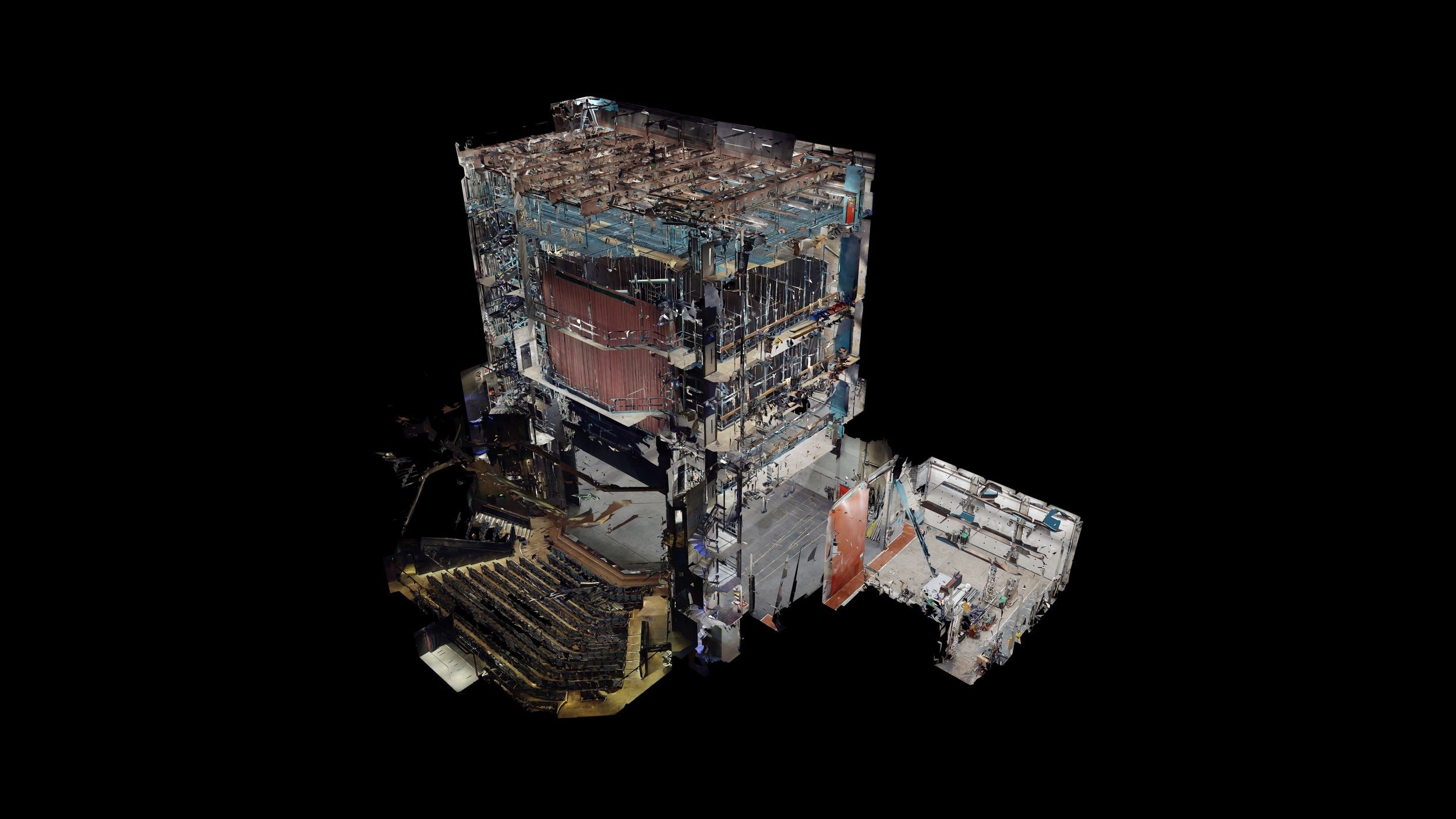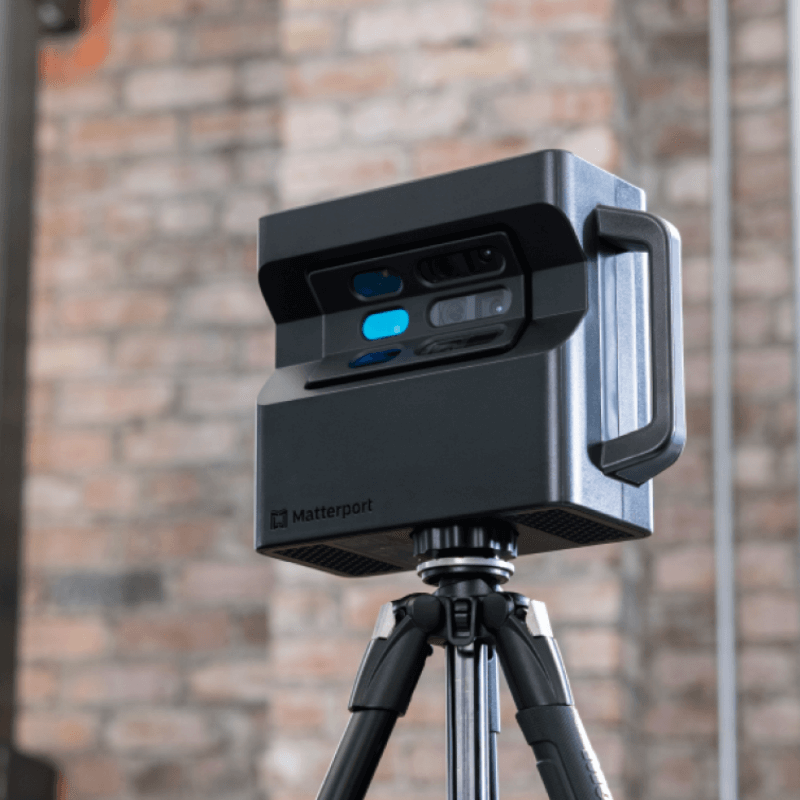
Bring Your Spaces to Life
with Stunning Virtual Tours
what is a virtual tour
A virtual tour is an interactive digital experience that lets users explore a space remotely with 360-degree views and embedded details.
Using 3D scanning technology like Matterport, it showcases venues in a realistic, accessible way. For theatres and events, virtual tours help clients visualize spaces, aiding decisions without the need for in-person visits.
Why should i get one?
Empower directors, designers, and technical teams to see your space well in advance of any site visit. As CAD users we understand that not everything can be on a venue plan, and as any production process moves forward, elements within the venue vs set always come up.
With a Virtual Tour teams can visit your space and potentially resolve issues without having to find a quiet moment around another set - they can view the stage completely clear of obstructions
A Director or Designer can have a look at sightlines to a clear stage
Technical Teams can look at potential rigging positions in the grid, or confirm Distro Board positions and potential cable run lengths.
Why we love a tour
A Virtual tour ensures a that every corner of your venue is accessible to all, providing an inclusive way for individuals with access needs to explore and experience your space like never before
Not everyone can make it up to a Grid, or possibly a fly floor, but why shouldn’t they be able to experience what its like to see all the stage engineering put into a venue and shows. From an accessibility standpoint alone, for us this was a must.
Access aside, having a walkable clear stage of a venue, or even a record of a show installed is an incredible gift

FAQs
-
Matterport scans and laser scans differ in their technology, accuracy, and applications:
Technology: Matterport uses 360-degree cameras and AI-powered software to create immersive 3D models and virtual tours. Whereas Laser scanning, or LiDAR, employs laser pulses to measure distances and generate highly detailed point cloud data.
Accuracy: Matterport scans have an accuracy margin of about 1-2%, making them ideal for visualization and basic measurements. Laser scans achieve sub-millimeter precision, suitable for engineering and structural analysis.
Applications: Matterport has found popularity in real estate, marketing, and virtual tours, emphasizing ease of use and visual appeal. Laser scanning is preferred for architectural restoration, construction documentation, and industrial projects requiring precise measurements.
Cost and Accessibility: Matterport is more affordable and user-friendly, while laser scanning equipment & processes can be expensive and require more technical expertise.
-
Matterport scans have an accuracy margin of 1-2%, making them suitable for visualizing spaces and general measurements.
For technical requirements, such as set-building or equipment installations, supplemental detailed measurements may be necessary.
-
The scanning time depends on the size of your space, single levels can be captured within a few hours. Larger venues with multiple levels may take slightly longer.
As a Guide, We recently worked with TRP to scan their space around their dark period works, over the span of 5 Days, avoiding capturing any works or people!
-
Yes! Matterport tours are accessible across all devices, including smartphones, tablets, and desktops, making it easy for users to explore your theatre from anywhere.
-
Matterport tours can be shared via a link, embedded on your website, or included in promotional materials. These can also be password protected for any sensitive areas

